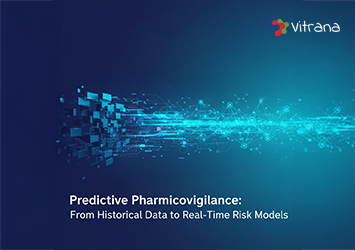
Introduction: The Paradigm Shift from Reactive to Predictive Drug Safety For decades, pharmacovigilance has operated primarily as a reactive discipline—identifying safety signals after adverse events accumulate, investigating risks once reporting patterns emerge, and implementing risk mitigation only after harm has already affected patient populations. This retrospective approach, while essential, inherently lags behind the manifestation of […]
more..
Introduction: The Imperative for Transparency in AI-Driven Pharmacovigilance As artificial intelligence becomes deeply embedded in pharmacovigilance workflows—from automated adverse event detection to signal prioritization—the demand for transparency has evolved from a nice-to-have feature to a regulatory and operational necessity. The black-box nature of traditional deep learning models, while powerful in identifying patterns across massive datasets, […]
more..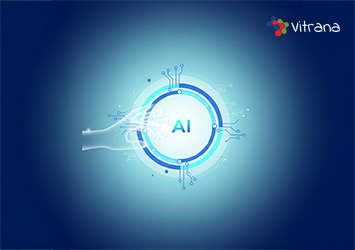
Introduction: The Power of Human-AI Collaboration in Pharmacovigilance Human-in-the-Loop (HITL) AI represents a paradigm where artificial intelligence systems operate in tandem with human expertise, requiring validation, correction, or guidance at critical decision points. In pharmacovigilance (PV), where patient safety and regulatory compliance converge, HITL models offer a balanced approach that leverages machine efficiency while maintaining […]
more..
Introduction: Defining Ethical AI in the Context of Drug Safety Ethical artificial intelligence in pharmacovigilance represents the intersection of cutting-edge technology and fundamental human values—ensuring that AI systems deployed to protect patient safety operate with fairness, transparency, accountability, and respect for individual rights. As AI increasingly automates critical decisions in adverse event detection, causality assessment, […]
more..
Introduction: The Critical Need for AI Benchmarking in Drug Safety The pharmaceutical industry stands at an inflection point in its adoption of artificial intelligence for pharmacovigilance. While AI promises transformative efficiency gains in adverse event processing, signal detection, and literature surveillance, the lack of standardized benchmarking frameworks has created significant validation challenges that slow adoption […]
more..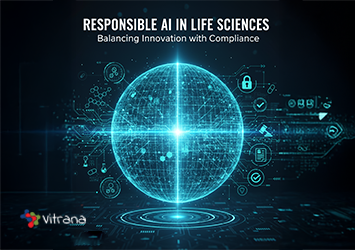
The life sciences industry stands at a pivotal intersection where artificial intelligence promises transformative capabilities in drug discovery, clinical development, manufacturing, and pharmacovigilance, yet operates within one of the most heavily regulated sectors globally. This convergence creates a fundamental tension: the drive to innovate rapidly through AI adoption confronts stringent regulatory requirements designed to protect […]
more..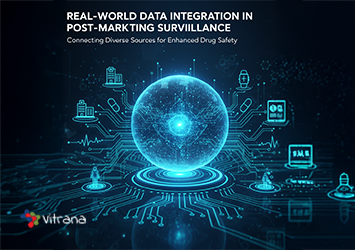
The landscape of post-marketing surveillance has undergone a fundamental transformation with the integration of real-world data (RWD) into pharmacovigilance operations. Traditional safety monitoring relied heavily on spontaneous adverse event reports, which, while valuable, represent only a fraction of the true safety picture. Real-world data—information derived from routine clinical practice, administrative systems, patient registries, and digital […]
more..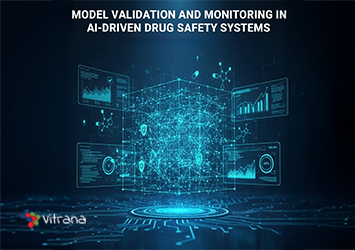
The integration of artificial intelligence into pharmacovigilance workflows has transformed how organizations detect, assess, and manage adverse drug reactions. However, the deployment of AI models in drug safety systems comes with significant responsibility. Unlike traditional software, AI models learn from data and can produce variable outputs that directly impact patient safety decisions. This makes robust […]
more..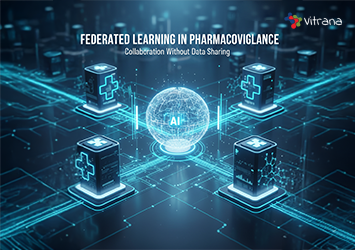
Introduction The pharmaceutical industry faces a persistent challenge: how to leverage collective intelligence for drug safety monitoring while respecting stringent data privacy regulations and competitive concerns. Traditional pharmacovigilance relies on centralized databases and isolated datasets, limiting the statistical power needed to detect rare adverse events or population-specific safety signals. Federated learning offers a paradigm shift. […]
more..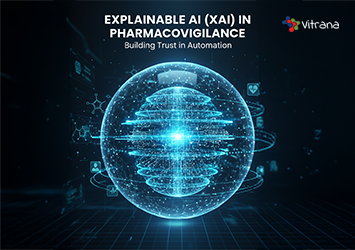
Introduction As artificial intelligence systems increasingly automate critical pharmacovigilance functions—from adverse event classification to signal detection and causality assessment—a fundamental question emerges: can safety professionals trust decisions made by algorithms they cannot understand? Black-box AI models, particularly deep learning architectures, deliver impressive predictive accuracy but offer little insight into their reasoning processes. This opacity creates […]
more..